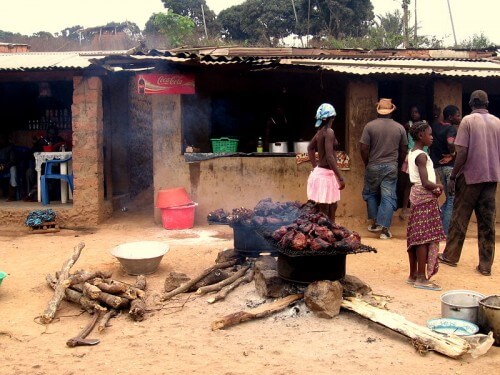Microsoft and Technion researchers: News stories and Wikipedia can help predict disasters

For the full scientific article
Researchers from Microsoft in the US and the Technion in Haifa are working on developing software that can help predict natural disasters, increasing violence, epidemics, social unrest and other events that result in mass death. The researchers analyze news from various news sites on the Internet as well as from Wikipedia and sites such as DBpedia.
The results were published in MIT TECHNOLOGY REVIEW
Tests conducted by the staff of the software magazine showed that signals predicting disasters could be identified 70-90% of the time.
This is not a new technique, but what is new in the research of Kira Radinsky from the Technion and Eric Horowitz from the Microsoft research group in Redmond, is the first time that so many sources of information were used to improve the system and make it flexible. In the USA, police units use archival algorithms in order to predict crime events.
In the scientific article entitled: "Information mining for the purpose of predicting future events" Radinsky and Horowitz write: "Beyond alerting to situations that require action, prediction models can help draw conclusions, when the data contradicts the expectations of experts." According to them, their research should motivate further research in the direction of relying on past experience and human knowledge to provide vital predictions about future events and the possibility of intervening in them."
The software was able to detect cholera outbreaks in Angola by analyzing news about the drought that hit the country in 2006 and storms in Africa that occurred in early 2007. This after in other cases, after disasters of this scale, a cholera epidemic occurred, both in the history of Angola itself and in other regions of the earth.
For the purpose of the test, they used the New York Times archive (from 1986 to 2007) and information from the web. Among the sites is DBpedia, which provides structured data taken from Wikipedia articles.
Other sources used to refer to the software and in them WordNet So that the software can understand the meaning of the articles, and the general information of the context intended to expand the software within the artificial image project OpenCyc.
The MIT people write: "All the information provides valuable context that is not only not found in news articles, but is essential to understanding the rules of events predicting other events."
Currently, there are no plans to make the system commercial and the project is still ongoing.

4 תגובות
It is better that they spend the money to prevent the disasters and not to predict them
It may be possible but in 100-200 years
Reminds me a bit of Asimov's books where there is history prediction with thermodynamics + psychology. Here to differentiate the method is different but the goal is the same. This is a prediction based on fluctuations around the average value. Suppose hypothetically the average is known. So if the statistics in the past tended to the right side of the average at a certain rate, theta came to the left side at a similar rate. How do I know? To all the bouncers: because I know prediction methods based on data mining. I am studying artificial intelligence (AI, ANN) and some of the algorithms there are for data mining.
The book "Against the Gods" gives a popular explanation for the statistical model based on which I think the developers above.
More accurate algorithms predict the average shift in the timeline. Because let's say we predicted around an incorrect value
For example, when to sell a share, we will lose all our capital when it is a drastic trend change and the average value moves downwards. Such a model has disadvantages: it is mainly good for calm seas. There are other models that are good for particularly rough and rough seas.